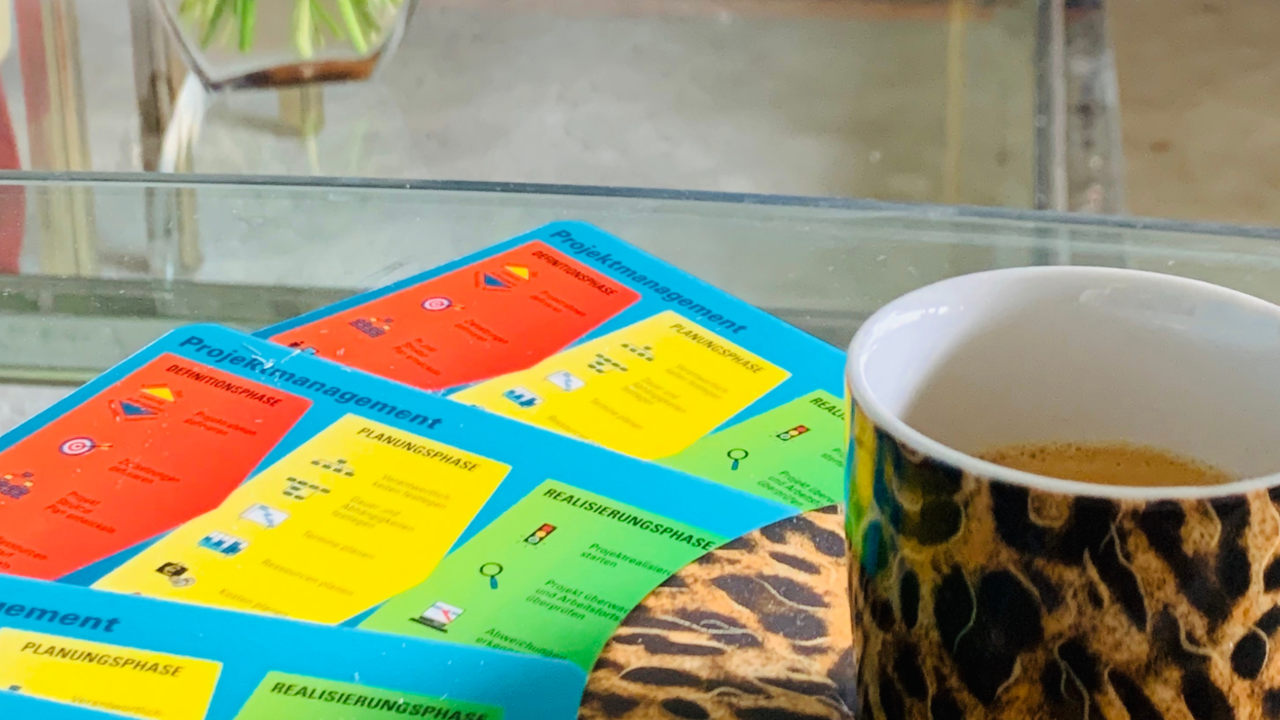Why Every Project Needs a Roadmap (And How to Create One)

Every successful journey begins with a map, and the same principle applies to projects. A roadmap acts as your project’s guiding star, keeping your team aligned, stakeholders informed, and goals within reach. In this guide, we’ll explore why every project needs a roadmap and how to create one step by step.
Why a Roadmap is Essential
1. Clarity and Direction
A roadmap provides a high-level overview of your project’s goals, milestones, and key deliverables. It prevents confusion by clearly outlining what needs to be done and when.
2. Stakeholder Alignment
With a roadmap, stakeholders have a clear understanding of the project’s scope and progress. This transparency builds trust and keeps everyone on the same page.
3. Risk Mitigation
A roadmap helps identify potential risks early by outlining dependencies and critical milestones. This allows you to proactively address challenges before they become major issues.
4. Team Focus
By breaking down the project into manageable phases, a roadmap keeps your team focused and motivated. It highlights short-term goals while keeping the bigger picture in sight.
How to Create a Clear and Actionable Roadmap
Step 1: Define Your Project Goals
Start by answering these critical questions:
-
What are the main objectives of this project?
-
What problem does it solve or what value does it deliver?
Write down your goals in clear, measurable terms (e.g., "Launch a new product by Q4 2025"). This provides a foundation for your roadmap.
Step 2: Identify Key Milestones
Milestones are major checkpoints that signify progress. Examples include:
-
Completing the project scope definition.
-
Securing stakeholder approval.
-
Delivering a prototype.
Organize these milestones chronologically to create a visual timeline.
Step 3: Break Down Tasks and Assign Deadlines
Each milestone consists of smaller tasks or deliverables. For each task:
-
Assign responsibility to a team member.
-
Set clear deadlines.
-
Identify any dependencies (tasks that need to be completed first).
For example:
-
Milestone: Prototype delivery.
-
Task 1: Design wireframes (Deadline: March 15, Assigned to: Alex).
-
Task 2: Build prototype (Deadline: April 30, Assigned to: Taylor).
-
Step 4: Incorporate Risk Assessment
Every project faces uncertainties. List potential risks and plan mitigation strategies. For example:
-
Risk: Delayed feedback from stakeholders.
-
Mitigation: Schedule regular check-ins and set clear deadlines for feedback.
-
This step ensures your roadmap remains realistic and adaptable.
Step 5: Choose the Right Tools
Use tools to visualize and manage your roadmap effectively. Popular options include:
-
Gantt Charts: For detailed timelines.
-
Kanban Boards (e.g., Asana, Trello): For task management.
-
Roadmap Software (e.g., Aha!, Monday.com): For a high-level view.
Ensure the tool you choose suits your team’s workflow and is easy to update.
Step 6: Review and Communicate
Share the roadmap with your team and stakeholders to:
-
Confirm alignment on goals, tasks, and deadlines.
-
Gather feedback and make necessary adjustments.
Regular updates keep everyone engaged and aware of progress.
Step 7: Monitor Progress and Adapt
Projects rarely go exactly as planned. Use your roadmap as a living document:
-
Track progress against milestones.
-
Adjust deadlines or tasks as needed.
-
Communicate changes promptly to stakeholders.
This flexibility ensures the roadmap remains relevant and actionable throughout the project lifecycle.
Final Thoughts
A well-crafted roadmap is more than a planning tool; it’s a strategic asset that sets your project up for success. It brings clarity, fosters collaboration, and ensures everyone is moving toward the same goal. By following these steps, you can create a roadmap that not only guides your project but also inspires confidence in your team and stakeholders.
Ready to take your project planning skills to the next level? Join the Project Plan Academy for expert coaching, proven frameworks, and actionable tools to master every aspect of project management.
✉️ Want to learn more?
Download our free Project Roadmap to get started today Clikc the link here





